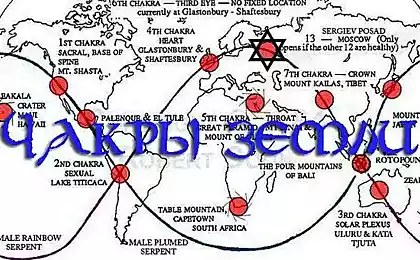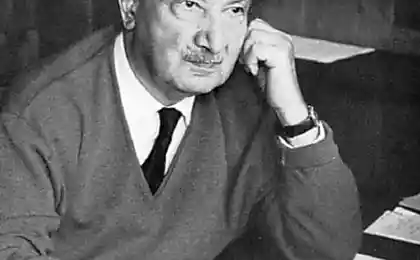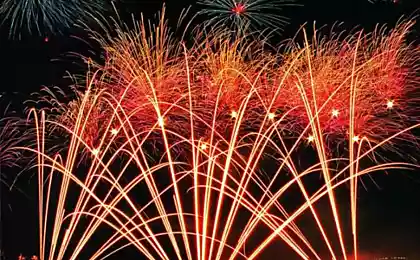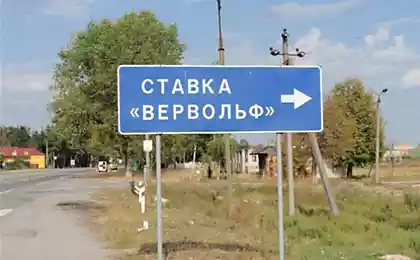581
Heavenly secrets are opened out of the ground
US scientists want to move the location of the underground experiment, during which they expect to get dark matter (dark matter), from the mine under the ground of Minnesota, USA, deeper, up to 2 km below the surface, changing the place of deployment of the platform in Ontario Canada. Reason dive into the depths - that cosmic rays that fall on Earth, interfere highlight the rare cases the appearance of dark matter particles and the soil can protect them from the site of the experiment, writes BBC News. Dr. Marek Kos (Dr Marek Kos), party of the second draft of cryogenic search for dark matter (Cryogenic Dark Matter Search II, CDMSII), presented the details of the experiment at the International Conference for high energies (International Conference on High Energy Physics, ICHEP) in Paris, France .

Dark matter - a substance that we can not see, it is about 83% of the universe, while the man in the eyes available particles (reflective or light-emitting) is only 17%. The presence of dark matter in the Universe is known because of its gravitational effects on galaxies and stars. However, scientists do not know what it is made. According to one theory, its components - the "weakly interacting massive particles» (WIMP, Weakly Interacting Massive Particles). According to supporters of this theory, every second passes through the Earth a huge number of these particles. They are difficult to detect because they interact weakly with ordinary matter.
CDMSII carried out at low temperatures and detects the energy released when the particles collide with atoms of germanium and silicon crystals in the detector.
The first indications of the existence of a large invisible (hidden) mass in the universe emerged in the 1930s. Fritz Zwicky (Fritz Zwicky, life years 1898-1974) drew attention to the fact that clusters of galaxies have a lot of very hot gas. To keep it from scattering, requires a large mass of the cluster. Estimates have shown that neither the mass of galaxies (which was evaluated by the stellar population) nor the mass of the gas itself is not enough. Then Zwicky suggested that the clusters have some "dark matter." What is this "dark matter" could only guess. Since then, it took more than 75 years, but the nature of this invisible mass remains a mystery even today.
The next important step in the study of dark matter was made in the 1960-70's, first of all thanks to the work of Vera Rubin (Vera Cooper Rubin). She found that the stellar mass in galaxies is too small to explain the kind of rotation curves of spiral galaxies, that is, depending on the speed of rotation of the distance from the center. This behavior is necessary to explain the presence of invisible unaccounted mass, more or less evenly distributed in the galaxy. The estimated motion of stars the density of dark matter in our galaxy is about 0, 3 GeV / cm3. If she was introduced hydrogen atoms, this would correspond to about 300 atoms per liter.
The mass balance derived from cosmological observations, today looks like this: dark matter is responsible for nearly a quarter of the density of the universe, three-quarters of the density is even more mysterious "dark energy", about which almost nothing is known, except for the fact of its existence; Well, while the share of normal, visible matter represents only a few percent.
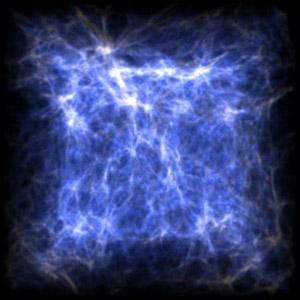
Source:

Dark matter - a substance that we can not see, it is about 83% of the universe, while the man in the eyes available particles (reflective or light-emitting) is only 17%. The presence of dark matter in the Universe is known because of its gravitational effects on galaxies and stars. However, scientists do not know what it is made. According to one theory, its components - the "weakly interacting massive particles» (WIMP, Weakly Interacting Massive Particles). According to supporters of this theory, every second passes through the Earth a huge number of these particles. They are difficult to detect because they interact weakly with ordinary matter.
CDMSII carried out at low temperatures and detects the energy released when the particles collide with atoms of germanium and silicon crystals in the detector.
The first indications of the existence of a large invisible (hidden) mass in the universe emerged in the 1930s. Fritz Zwicky (Fritz Zwicky, life years 1898-1974) drew attention to the fact that clusters of galaxies have a lot of very hot gas. To keep it from scattering, requires a large mass of the cluster. Estimates have shown that neither the mass of galaxies (which was evaluated by the stellar population) nor the mass of the gas itself is not enough. Then Zwicky suggested that the clusters have some "dark matter." What is this "dark matter" could only guess. Since then, it took more than 75 years, but the nature of this invisible mass remains a mystery even today.
The next important step in the study of dark matter was made in the 1960-70's, first of all thanks to the work of Vera Rubin (Vera Cooper Rubin). She found that the stellar mass in galaxies is too small to explain the kind of rotation curves of spiral galaxies, that is, depending on the speed of rotation of the distance from the center. This behavior is necessary to explain the presence of invisible unaccounted mass, more or less evenly distributed in the galaxy. The estimated motion of stars the density of dark matter in our galaxy is about 0, 3 GeV / cm3. If she was introduced hydrogen atoms, this would correspond to about 300 atoms per liter.
The mass balance derived from cosmological observations, today looks like this: dark matter is responsible for nearly a quarter of the density of the universe, three-quarters of the density is even more mysterious "dark energy", about which almost nothing is known, except for the fact of its existence; Well, while the share of normal, visible matter represents only a few percent.

Source:
